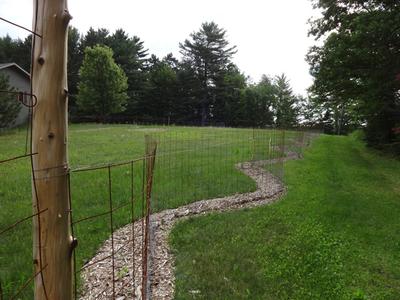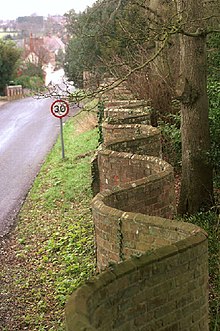

 19
19







Paul Cereghino wrote:So the pattern or structure emerges from the energy of place. So I suspect that the placement of pattern depends on accurate recognition of the process environment. If you build a sand castle on a beach it is an aberration in a place ruled by wave energy combined with tidal saturation. It doesn't matter if it is a spiral or a rectangle. So by focusing on pattern and using pattern to control process and function, we may be putting the cart before the horse, because the pattern must respond to dominant processes of a place. Pattern can shape process, and process results in emergent patterns, but you cannot escape the reality of your process domain.
How Permies works: https://permies.com/wiki/34193/permies-works-links-threads
My projects on Skye: The tree field, Growing and landracing, perennial polycultures, "Don't dream it - be it! "
 11
11




Professor Bentley wrote: When they are young, rivers ideally start out relatively straight in map view, entrenched in V-shaped valleys. You’ll also find plenty of waterfalls and rapids at this “Youth” stage. As time goes by, the river erodes downward to base level, and loses the gravitational impetus to incise any deeper. The river now begins to meander side to side, and as it does so, enlarges the size of its valley by lateral erosion at cut banks. It is “Mature.” As time goes by, the valley walls get further and further apart. …Then what?














 11
11






How Permies works: https://permies.com/wiki/34193/permies-works-links-threads
My projects on Skye: The tree field, Growing and landracing, perennial polycultures, "Don't dream it - be it! "
 6
6




For TEFA and other permies' acronyms see https://permies.com/wiki/217748/Permies-Jargon-Acronyms-definitions
 6
6




 1
1




 2
2




Invasive plants are Earth's way of insisting we notice her medicines. Stephen Herrod Buhner
Everyone learns what works by learning what doesn't work. Stephen Herrod Buhner












 2
2




Chris Ferguson wrote: Parallel curving raised beds with gaps between perpendicular to that corner? I would want to flow the wind with the curves so it doesn't build a frost pocket?
How Permies works: https://permies.com/wiki/34193/permies-works-links-threads
My projects on Skye: The tree field, Growing and landracing, perennial polycultures, "Don't dream it - be it! "
 3
3




One of many charming details: the corner of a garden bed, like the prow of a ship, slices through another wall, making waves in the concrete. I don’t know how he managed this fluidity. Impressive
Invasive plants are Earth's way of insisting we notice her medicines. Stephen Herrod Buhner
Everyone learns what works by learning what doesn't work. Stephen Herrod Buhner

|
Die Fledermaus does not fear such a tiny ad:
Homestead Pigs Course
https://permies.com/wiki/365748/Homestead-Pigs
|









